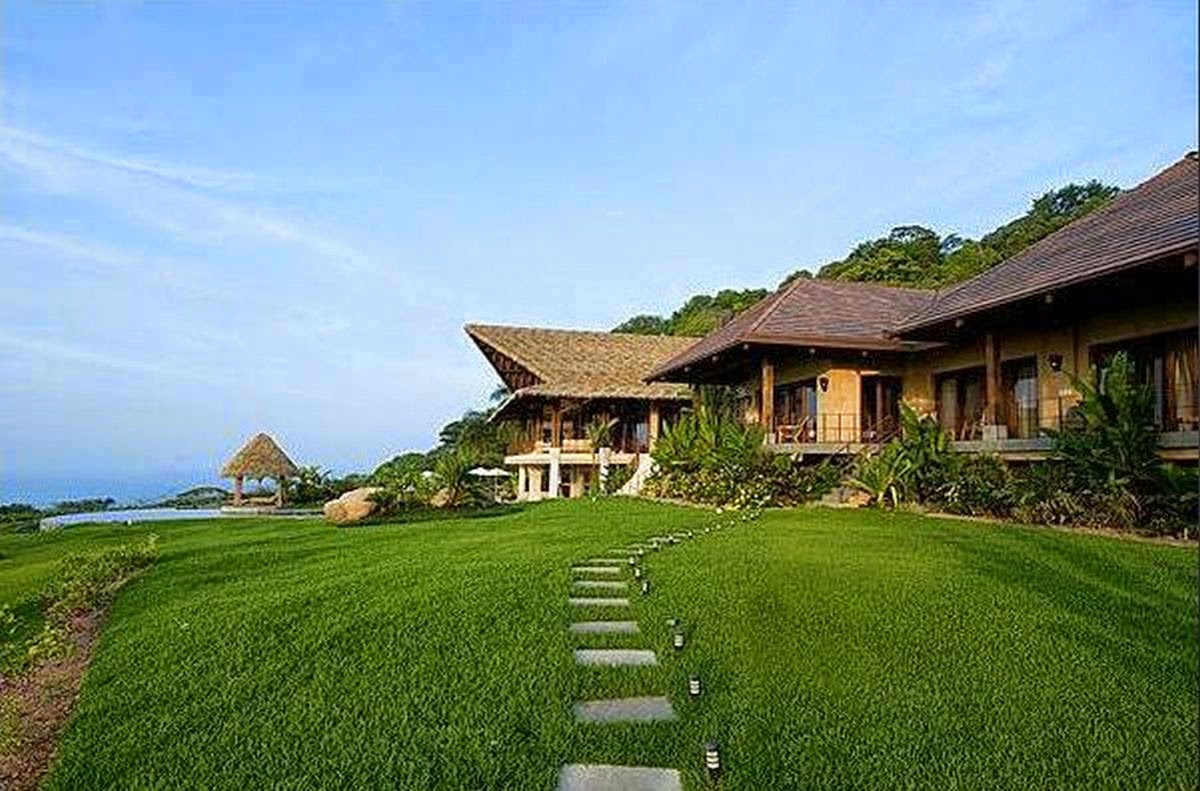 |
| Living Room |
It has been a big day as this
morning we had an interview with Vaishali Kawalkar the founder of Sovereign
Architects. She is a successful interior designer in pune with a career that bloomed in
fast steps. In this interview, she shares with us the secrets of making a
compact and living room feel roomy. She also gives us a few tips on how to
create a spacious feel in a small living room.
Q. Good Morning Ma’am, how
should one decorate the interiors of a small living room?
Vaishali Kawalkar: Good Morning. It is a very challenging task while designing the interiors of a
small living room. A space challenged living room must be well planned and well
provisioned. The key elements which will successfully help you design the
interiors of a small living room include the placement of savvy furniture,
innovative storage options and a simple and beautiful color theme.
Q. What are your suggestions regarding the choice of furniture?
Vaishali Kawalkar: I would suggest that think big. Resist the
impulse to choose only small sized furniture for a small living room. Big
furniture can make a small room look grander. You can create a visual interest
and make your living room have an appealing look by varying the proportions of
your furniture. This also allows the small room to be more functional. It is
ideal to place a sofa which is sufficiently large enough to serve the purpose
of entertaining and also for taking a nap. Each piece of furniture in your
small living room should have more than one purpose. A corner banquette can
also be built with hidden storage beneath the seats. You can create a sense of
harmony and a feeling of openness by balancing a couch with smaller and more
auxiliary pieces like a glass-topped coffee table or slipper chairs. You can
also add space saving shelves like floating shelves, wall cabinets, modular
shelves which not only serve the purpose of storage but they also serve as
beautiful pieces of interior decors which can accentuate the looks of your small
living room.
Q. Will you share with us the secrets of making a small living room
look bigger than it actually is?
Vaishali Kawalkar: You can make your small living room feel much
larger with smart organization, multipurpose furniture and bold colors. We usually
select many materials in precisely the same tone, same light natural shade
including the curtains, rug, the upholstery, polished plaster on the walls. Also
the scheme will not feel dull because all of these different materials are of
different textures and patterns. This really helps to create a visual
perception of a larger and roomy space. The polisher plaster for the walls also
reflects the light and spreads an aura of radiance into the room which makes
the room feel larger than what it really is. The similar colored doors and
cabinets also reflect the light very well.
Q. Do you have any other tricks up your sleeve to enhance the looks of
a small living room?
Vaishali Kawalkar: Yes, Curtains. A curtain gives a wonderful
treatment to your windows. You can choose different colored, texture, and
pattern of curtains to decorate the windows. You can change the curtains
according to your mood or the seasons. Choose the right curtains and do not
overpower the room. Mixing different textures of curtains will make your room
look inspirational.
Q. How to organize a small spaced living room?
Vaishali Kawalkar: Keeping the small room neat and clean is very
important. You can keep it clutter free by keeping the things in a more
organized manner. For instance, baskets add warmth to a space and they can also
be used as wonderful storage option. You can stack toys, magazines and even
throws. They also serve the purpose of hidden storage for less appealing items
like remotes.
Maximize the looks and minimize
clutter to make your small living room look wonderful.





